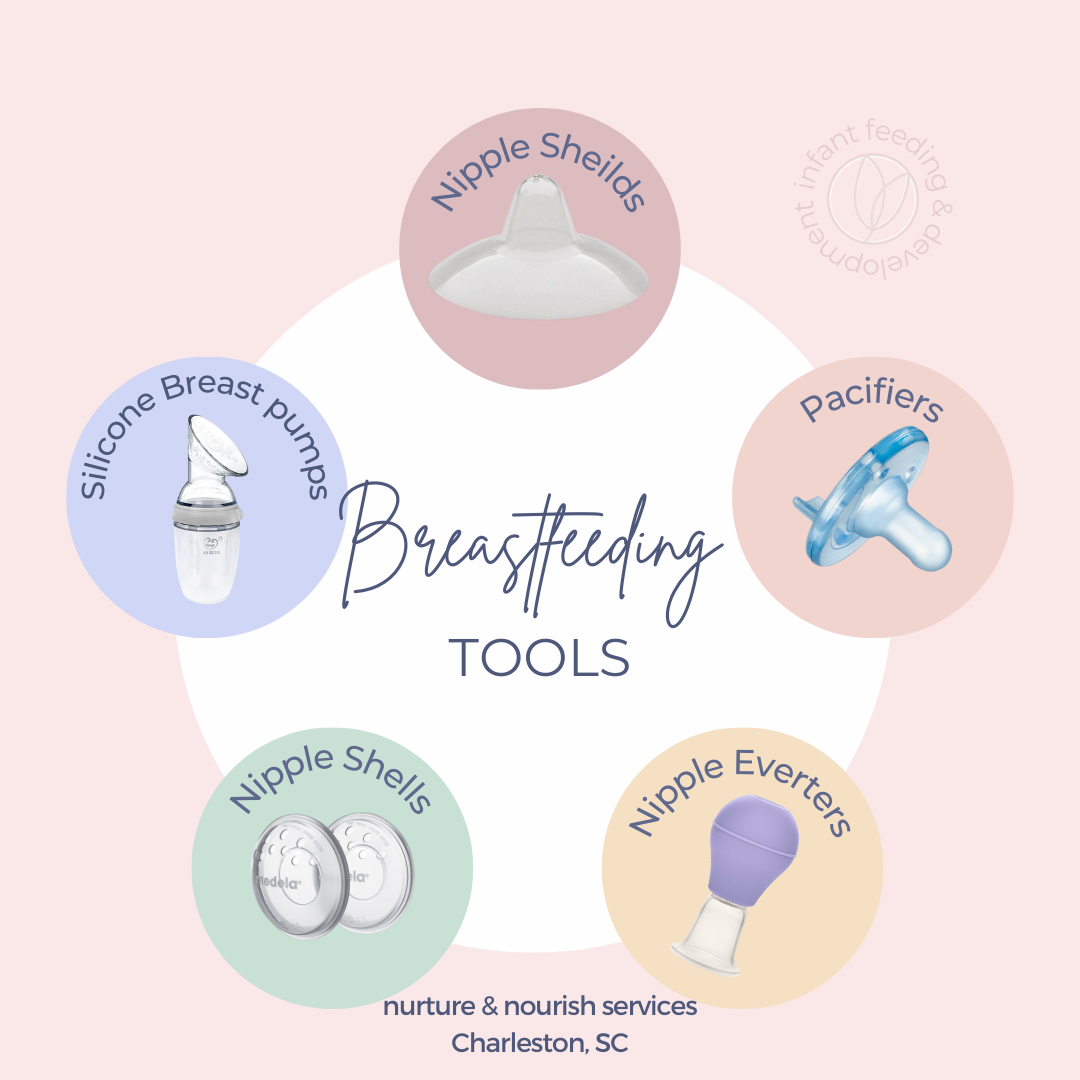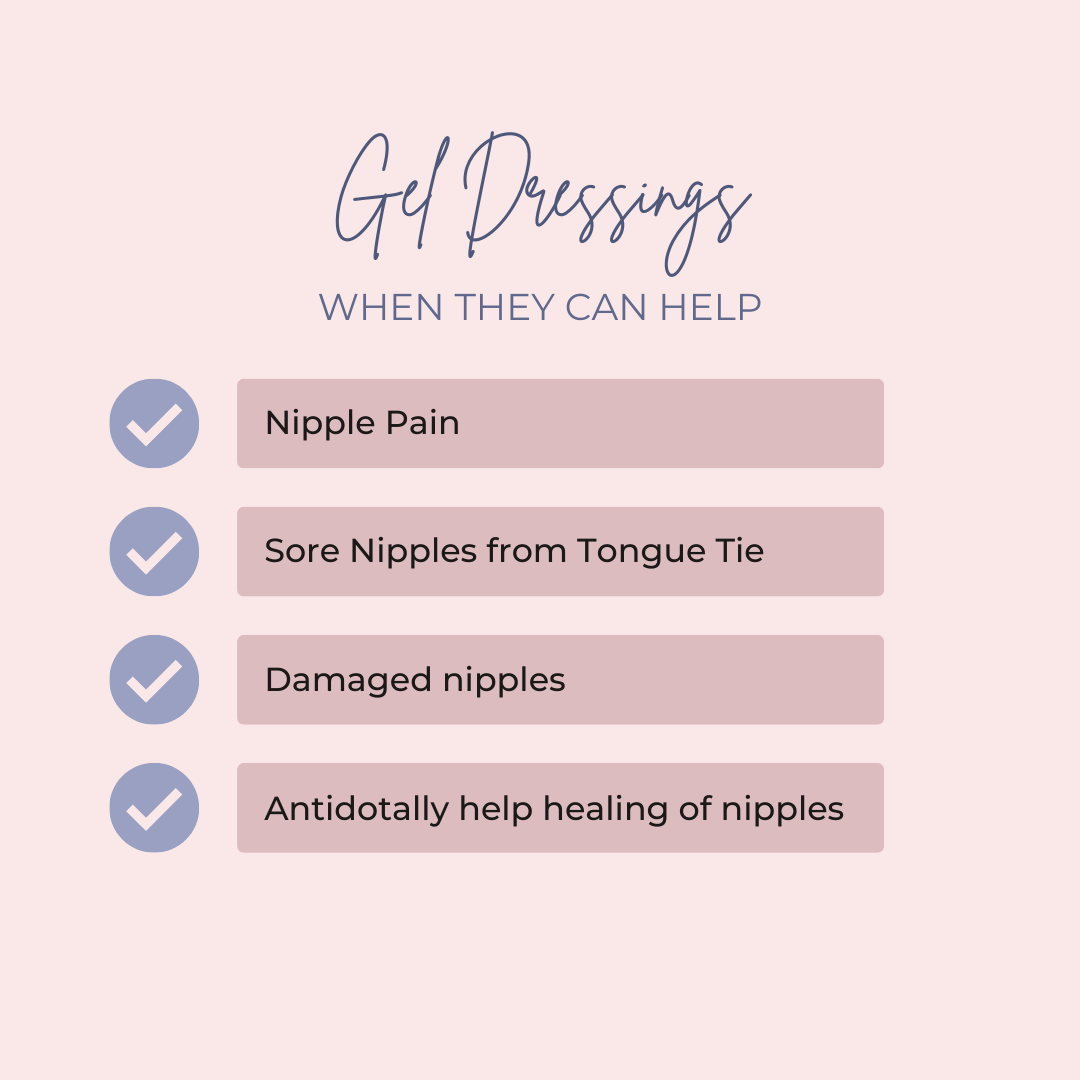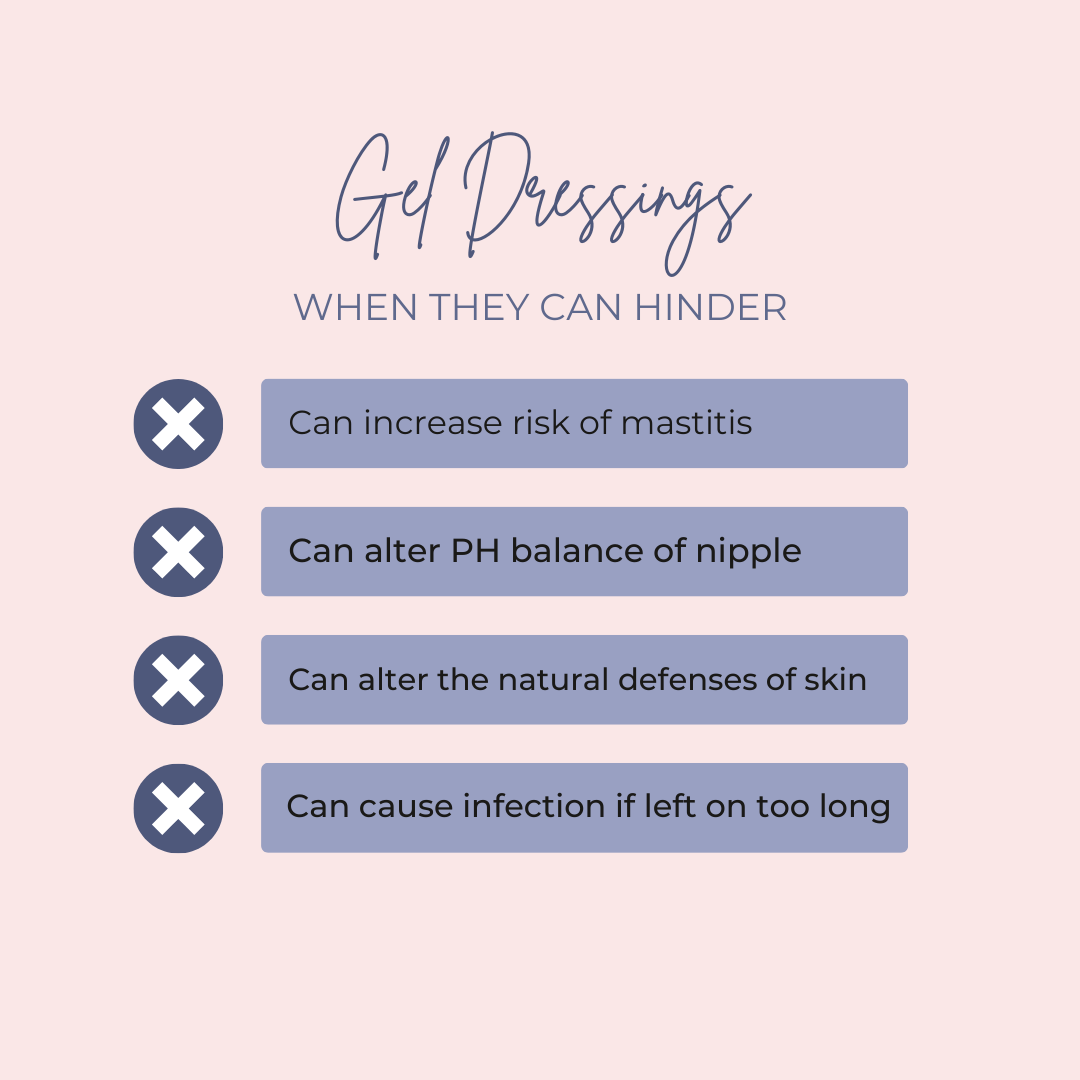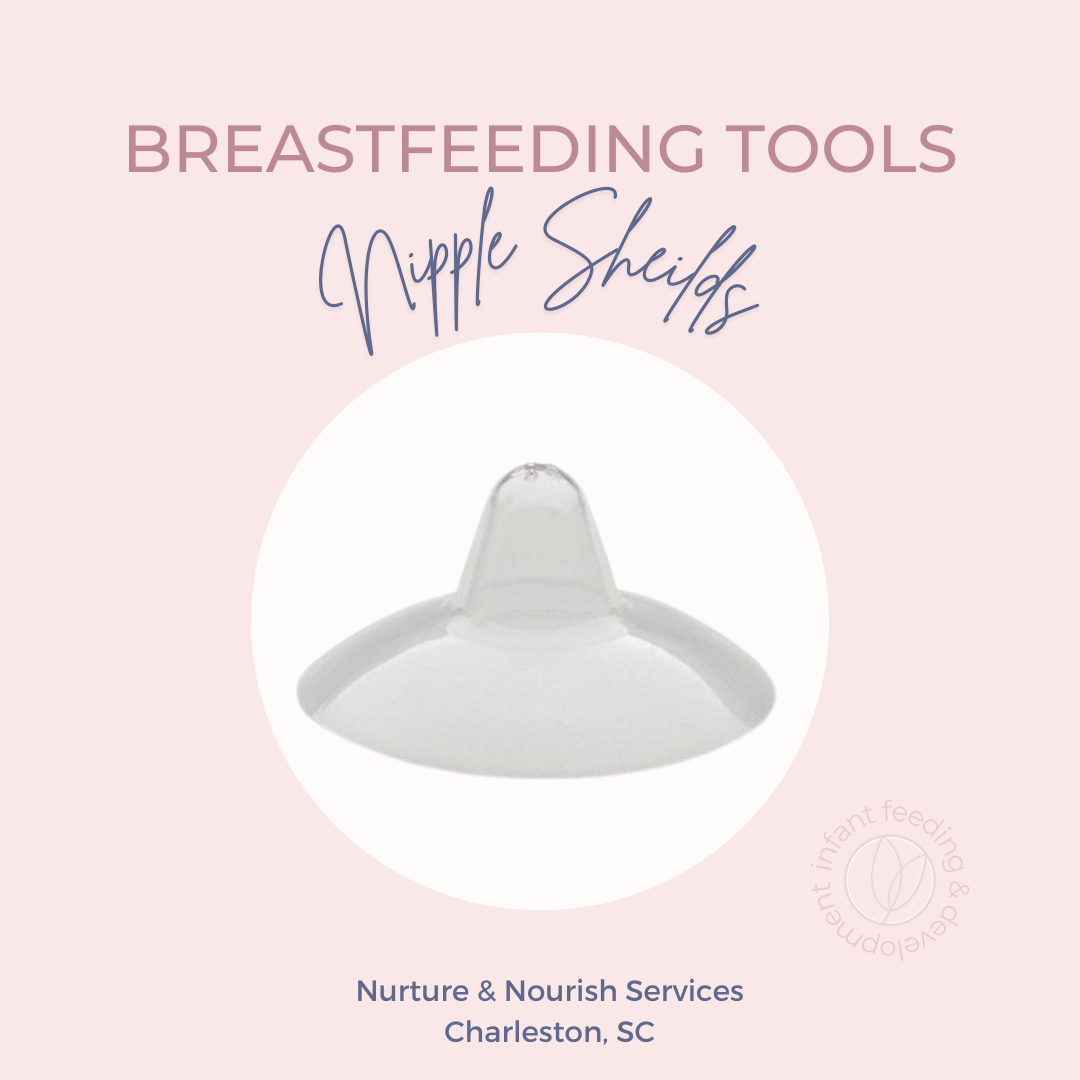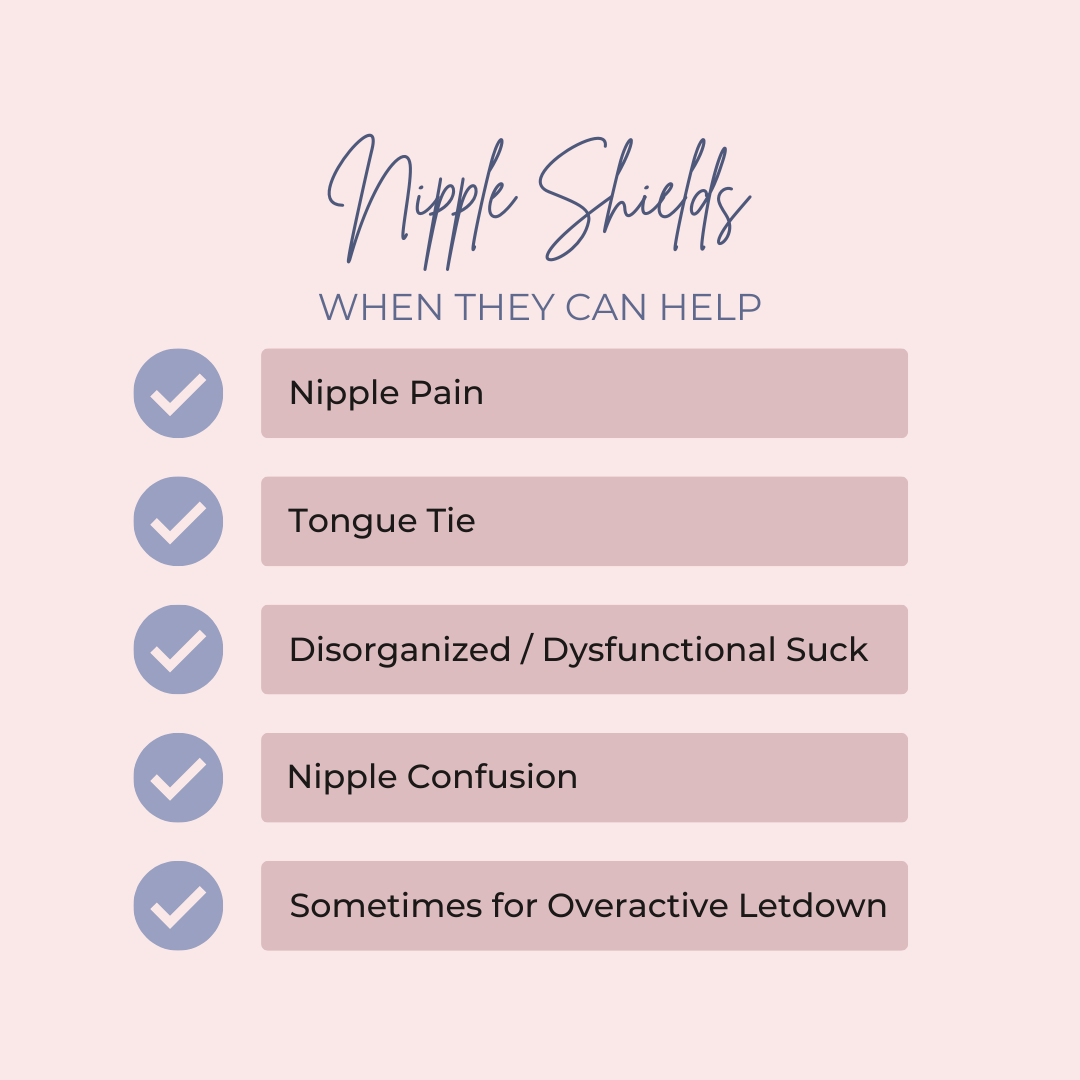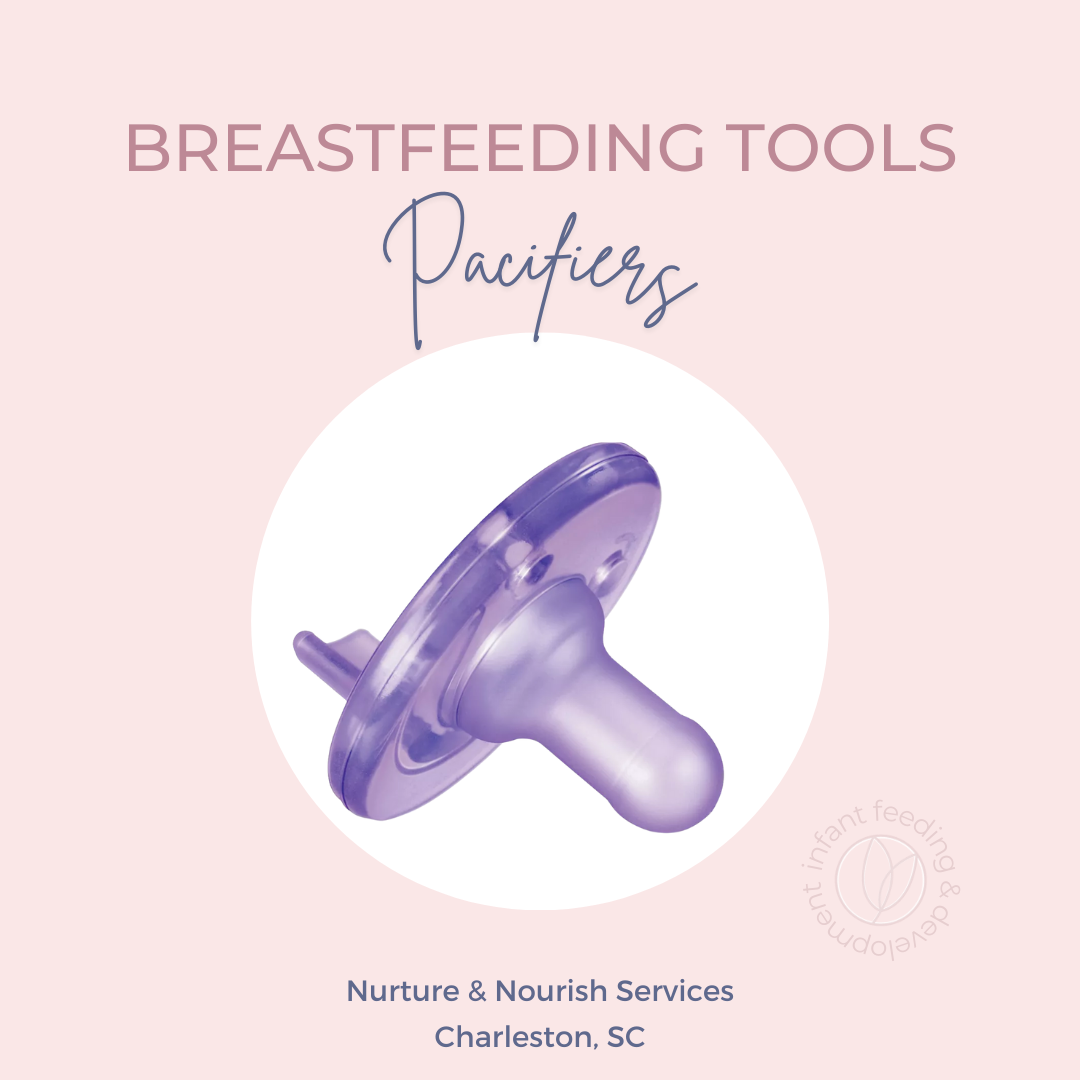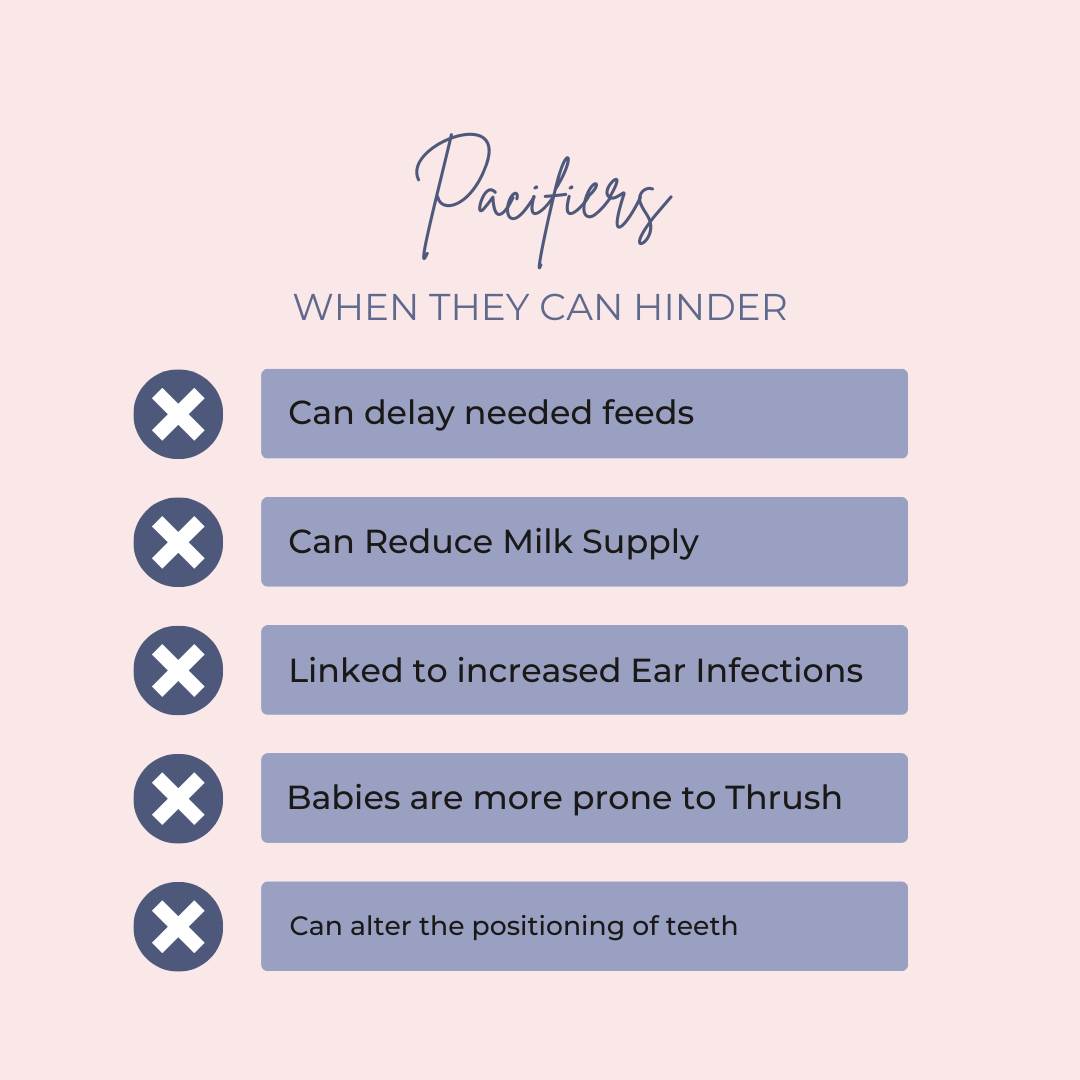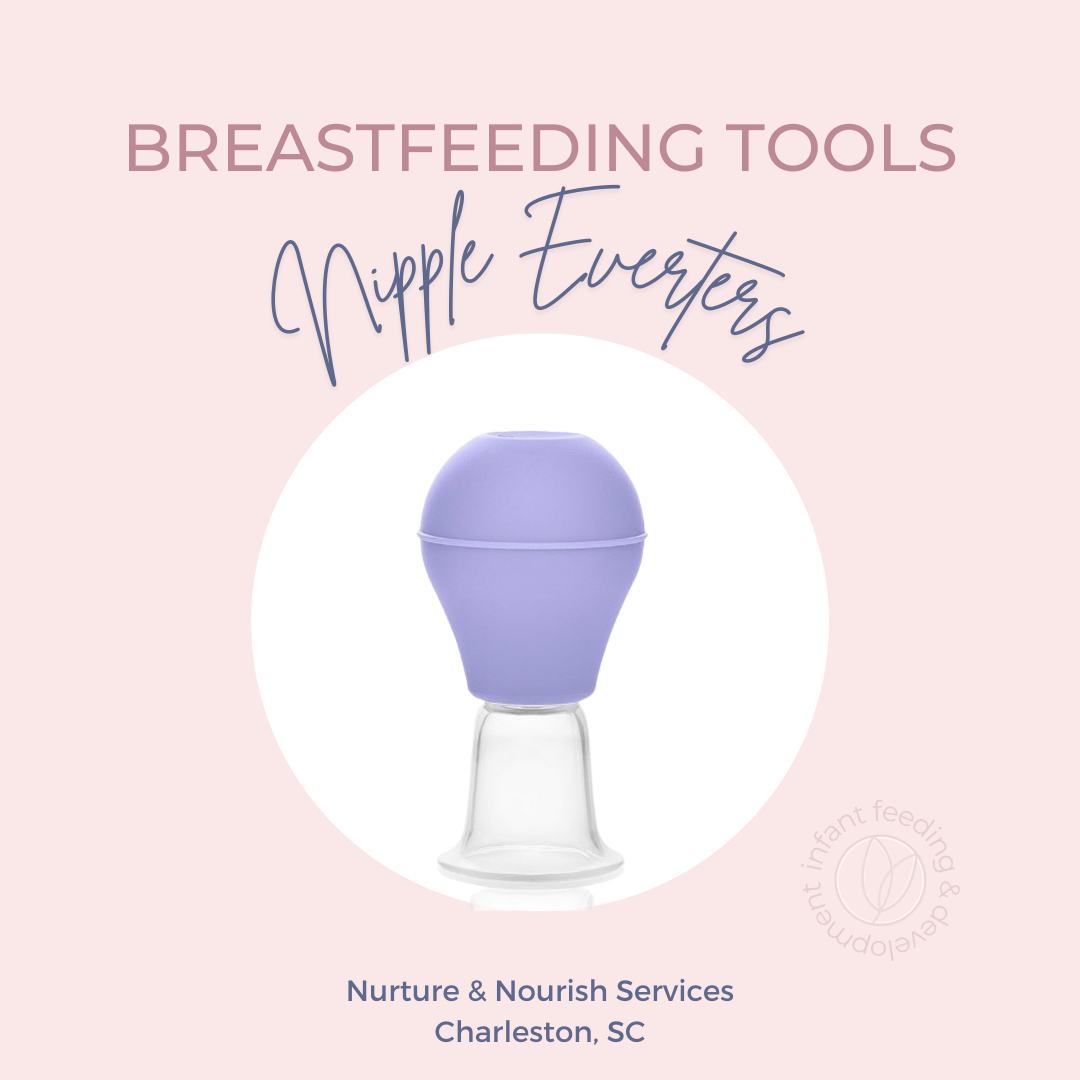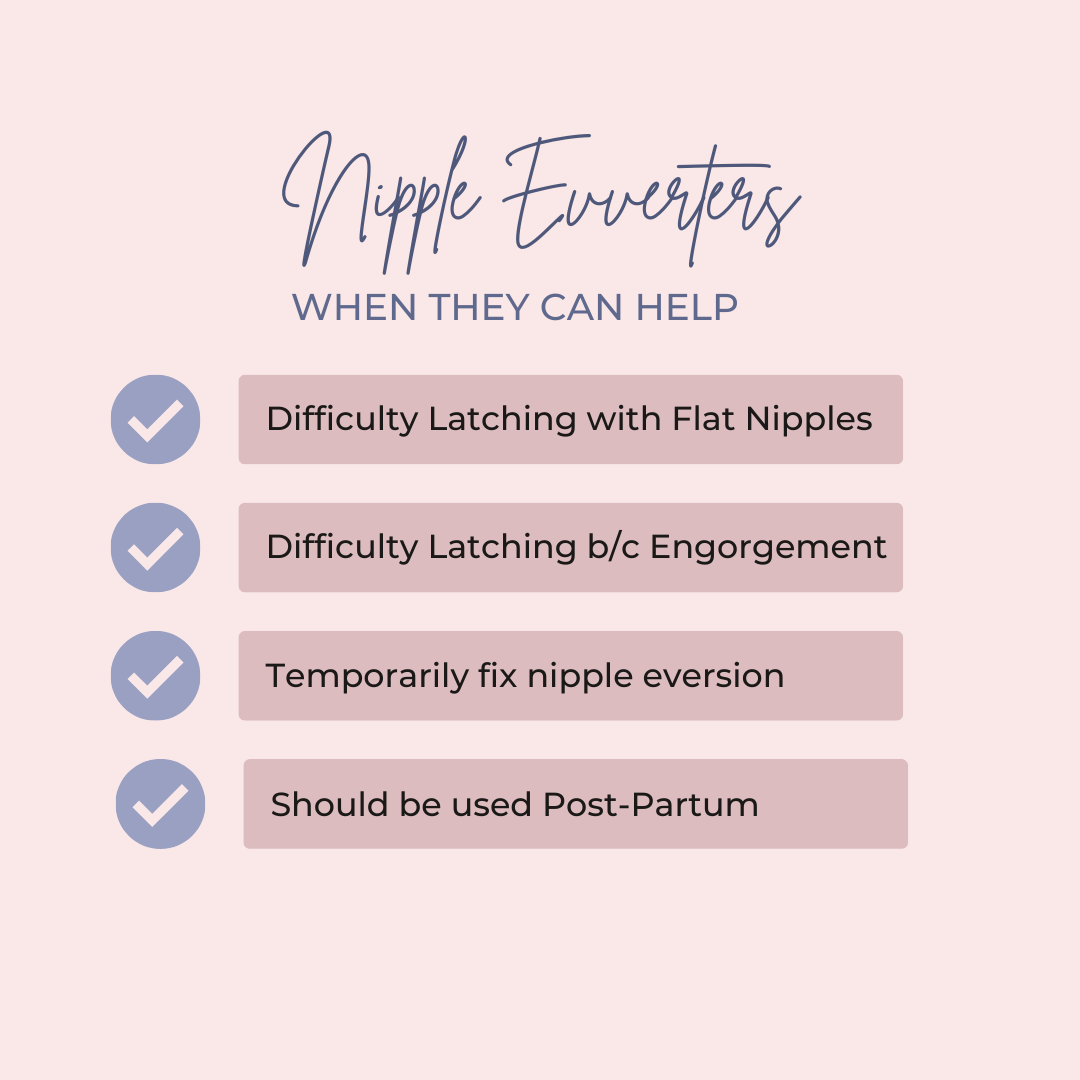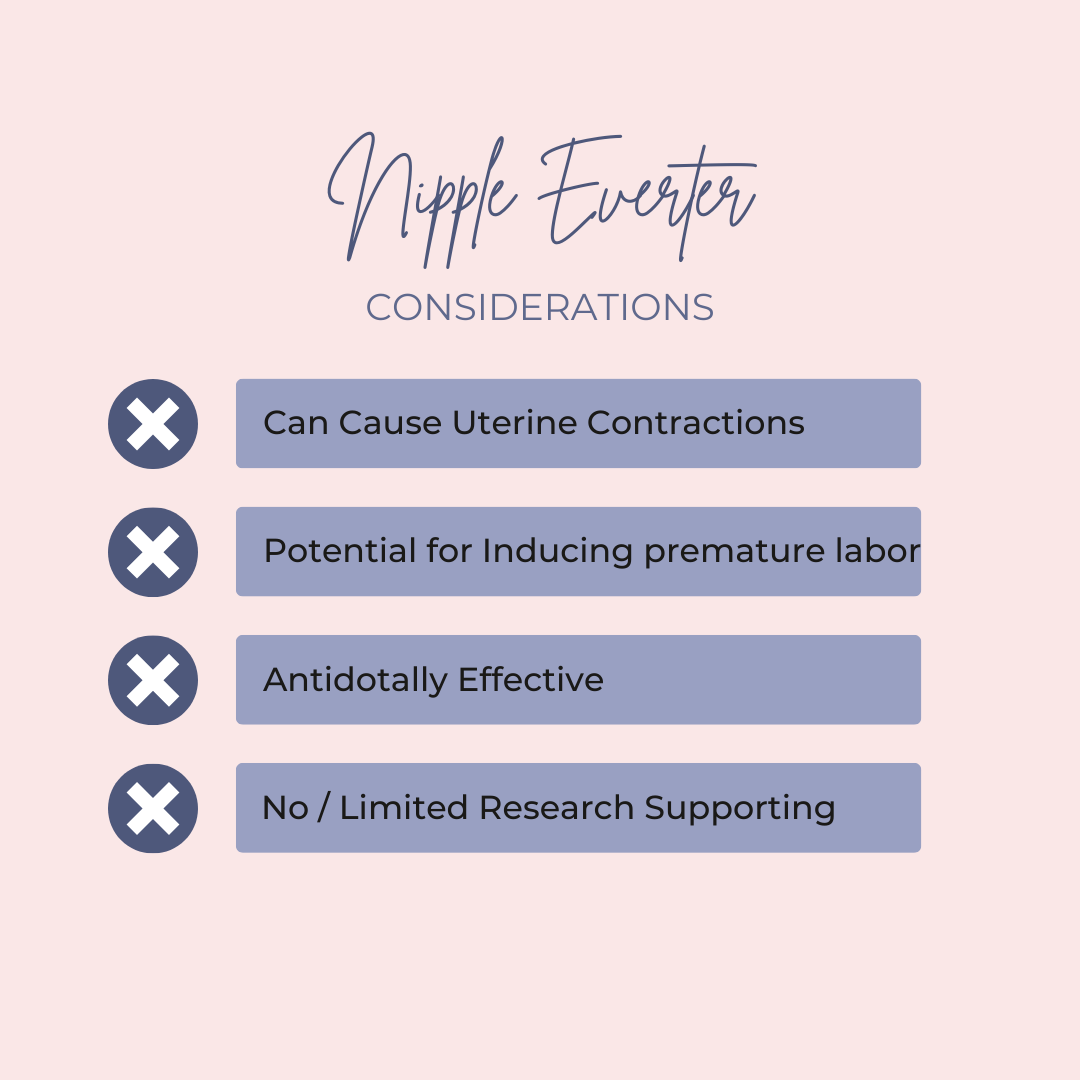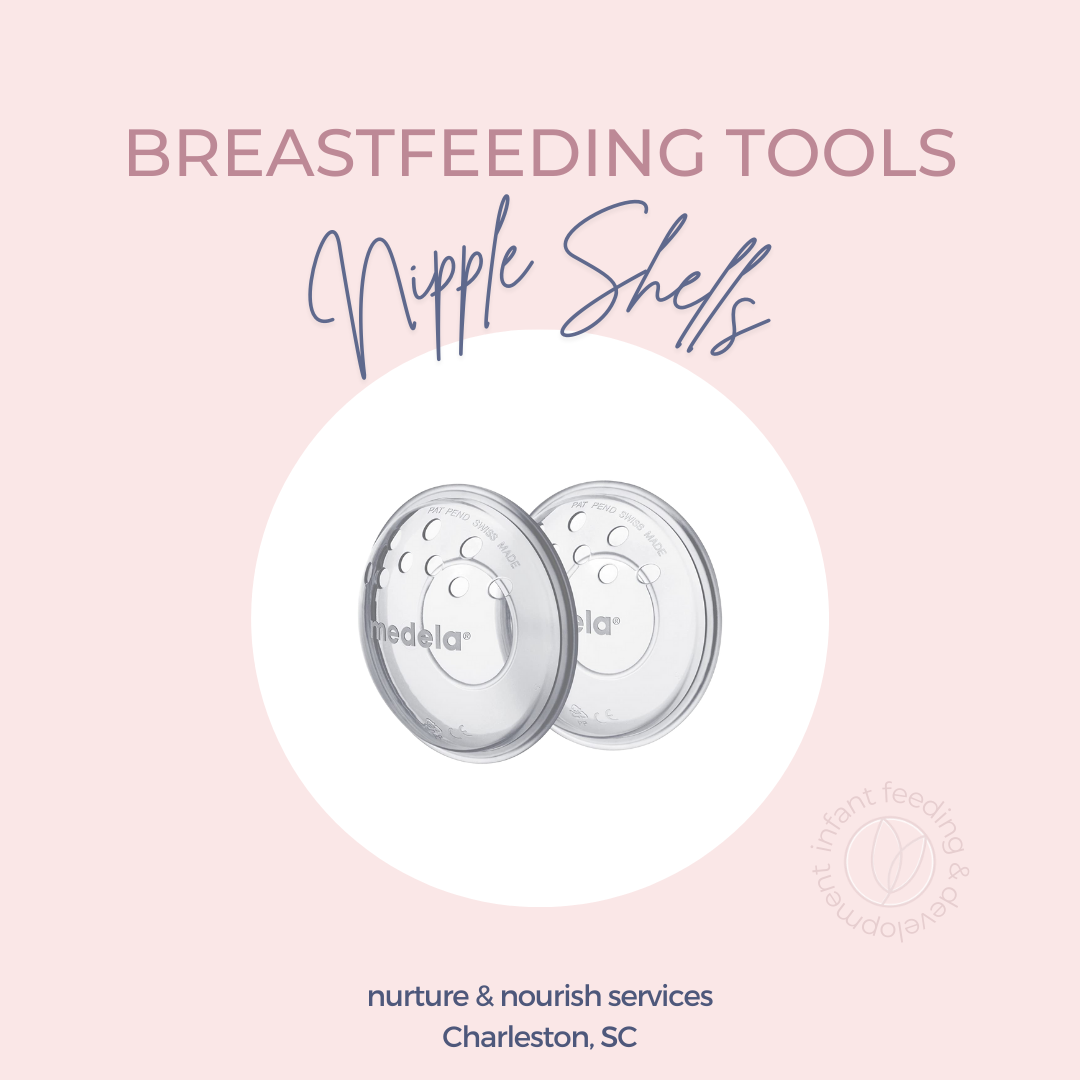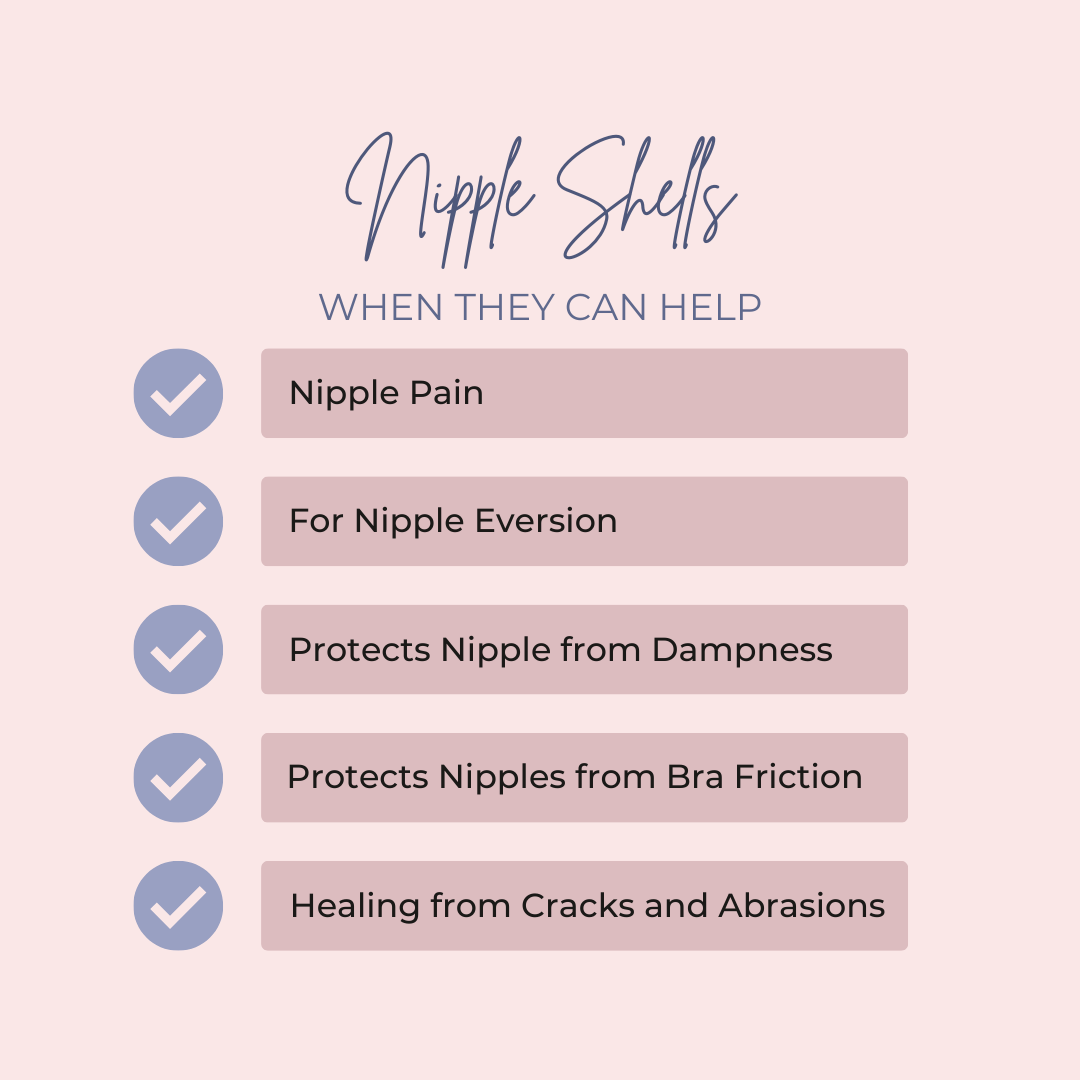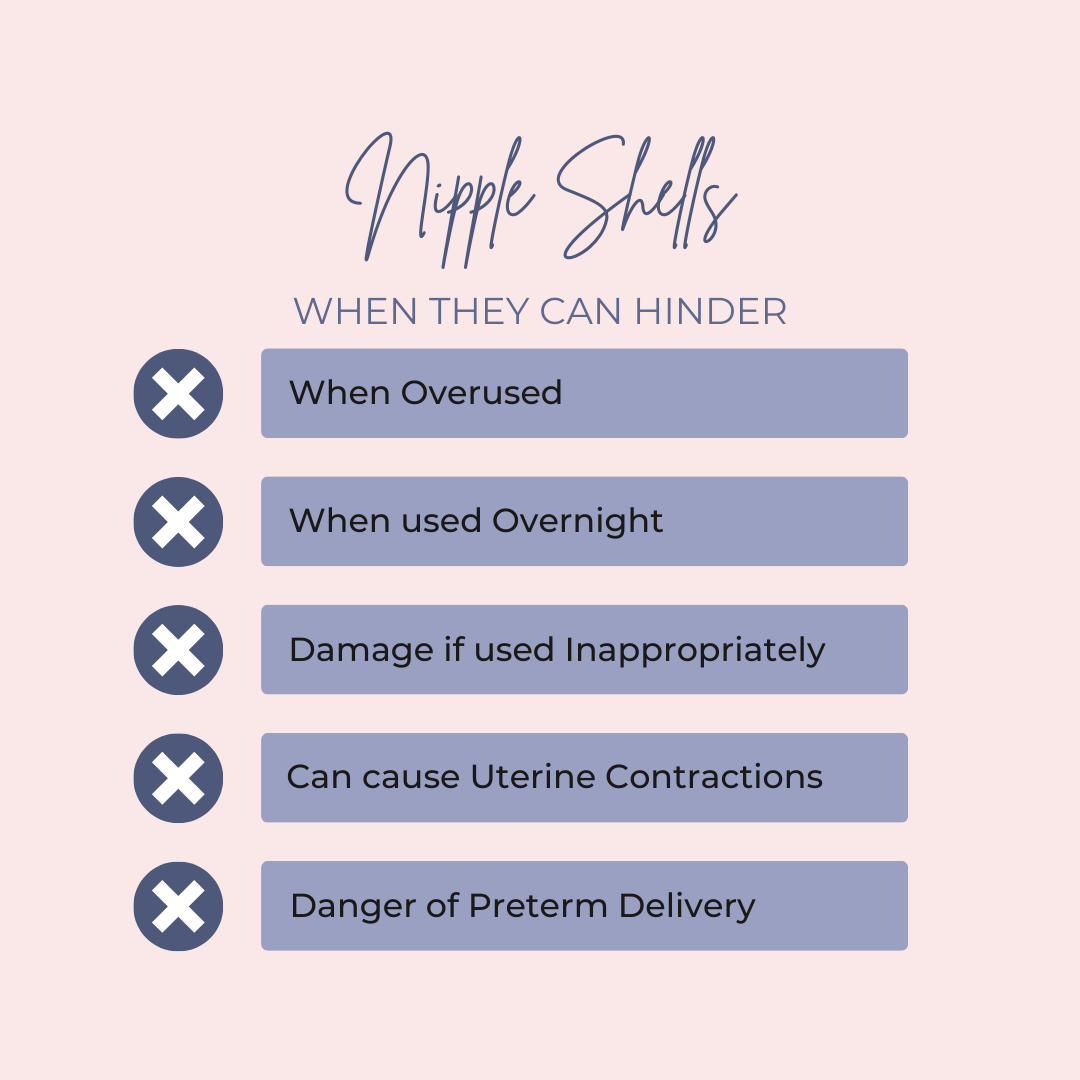Breastfeeding Tools: Nipple Shields, Pacifiers, and Breast Pumps (2023)
Breastfeeding Tools
There are so many breastfeeding tools available now. As an occupational therapist, I love having tools to help solve breastfeeding problems. Each tool has its pros and cons. In this new series of posts, I'll describe the pros and cons of each. If you want to learn more about breastfeeding tools, this series is for you.
Gel Dressings
Gel Dressings can be helpful for nipple pain from breastfeeding. They are made from hydrogel (the same material you use for your eye puffiness masks). They are supposed to provide moisture to aid in healing. They can be useful for healing nipples that have had damage from a poor latch, overactive suck, or tongue tie. Gel Dressings can help with comfort, but the research is mixed on if it actually improves healing. The best thing to do is to address the core problem when it comes to nipple pain. If there is a poor latch or a tongue tie, a gel dressing will provide temporary comfort but the latch needs to be addressed.
Nipple Shields
Nipple Shields are flexible silicone nipple covers that can be used to temporarily manage nipple pain during feeds. They are very versatile tools that can be used for a variety of conditions.
Nipple shields can be helpful:
when the infant has difficulty latching flat or inverted nipples
tongue tie
disorganized, weak, or -dysfunctional suck
sometimes helpful for overactive letdown or overproduction
with SNS for bottle confusion
Downsides of Nipple shields
thick shields can reduce milk transfer
can reduce self-efficacy
can cause nipple damage if not fitted appropriately
can cause a gag reflex
Should only be used under the direction of a lactation consultant
Bottom line
Nipple shields are amazing tools. They can help establish a breastfeeding relationship with dyads that are having difficulty attaining a comfortable latch. They can help infants with an immature, weak, or disorganized suck. They should absolutely be used when pain is present, but pain also warrants further investigation and help. If the underlying issue is a tongue tie, oral motor dysfunction, or poor sucking skills then this also needs to be addressed with skilled lactation care. A nipple shield should continue to be used until no longer needed, as there is some potential risk associated with their use.
Pacifiers
You may not consider a pacifier as being a breastfeeding tool, but it can be! A lot of moms ask if pacifiers can be helpful for tongue ties, and they are a common tool I used. As an occupational therapist, I often use pacifiers for oral strength training or desensitization. The use of a pacifier has been associated with a reduction in SIDS incidents, but there are some things to consider before introducing them.
They can reduce SIDS but they can also delay noticing signs of hunger. This means an infant can feed less often and that's not ideal for growth or milk supply.
The American academy of pediatrics recommends that healthy term infants can use pacifiers at nap or sleep time but only after breastfeeding is well established at 3-4 weeks. Pacifiers can also increase the risk of thrush and low milk supply. Prolonged use can also alter the positioning of teeth and bite. These are all considerations to think about when introducing a pacifier.
Nipple Everters
How to use:
Just before feeding, place the flange over your nipple and squeeze the bulb. The resulting suction gently pulls your nipple out.
Nipple everters are helpful for
helpful for latching with flat nipples
helpful for latching with engorgement
should only be used postpartum
Considerations
can cause uterine contractions (why they should not be used in pregnancy)
no research supporting their use, although antidotally helpful
Nipple Shells
Nipple shells can be used to protect raw nipples from dampness, for healing milk blisters, and for nipple eversion. They can reduce pain by eliminating friction from clothing. Airing the nipples out can be helpful for healing nipple cracks or abrasions.
It's important to remember that nipple shells are not to be used excessively or overnight. They should only be used in pregnancy if your doctor indicates it's appropriate, because they can cause early uterine contractions and so there is a risk of pre-term delivery.
Want to read more content, check out the blog archive below!
Blog Archive
- Bodywork for Babies
- Bottle feeding
- Breastfeeding
- Charleston, SC
- Craniosacral therapy
- Infant Feeding
- Lactation
- Lactation Consultant
- Milestones
- Mount Pleasant
- Mt Pleasant SC
- Newborns
- Nurture and Nourish Charleston
- Nurture and Nourish Services
- Occupational Therapy
- Tongue-tie
- Whole Body Therapy
- breastmilk

